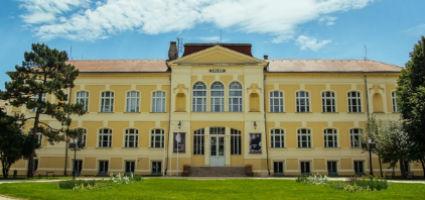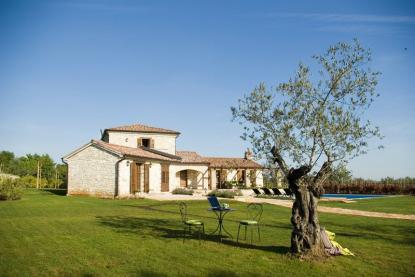 |
Address: 9700, Szombathely Kisfaludy Sándor utca 9.
Phone number: (94) 500-720, (94) 501-948
E-mail: info@savariamuseum.hu
Opening hours: Tue-Sun 10-18
|
|
Ticket for adults
|
1600 HUF
|
|
|
Ticket for students
|
800 HUF
|
|
|
Group ticket for students
(over 15 people)
|
600 HUF
|
|
|
Ticket for pensioners
|
800 HUF
|
|
|
Ticket for families
(2 adults + min. 2 children)
|
2400 HUF
|
/ family
|
|
Guide
|
5000 HUF
|
|
|
Guide
|
8000 HUF
|
Wine culture in the Mediterranean region and beyond are major part of many people's lives - and also has a special way of connecting tradition and modernity. The largest peninsula in the eastern coast of the Adriatic, Istria belongs to this set: it is impossible to talk about it without mentioning wine culture.
The temporary exhibition 'The Village off the Adriatic', which had been prepared by the staff of the museum is Pazini at the Savaria Museum, reveals a special panorama, focusing on wine culture... However, along the Adriatic for centuries there were no villages, only towns existed, occasionally town-states. The villag region began about ten kilometres from the cost, forming an integral unit with the seaside.
 However, tourists mostly just pass through, rushing to the beach on vacation.
However, tourists mostly just pass through, rushing to the beach on vacation.
The Istra Ethnographic Museum outlines trade (from the Monarchy times to today's VinIstra) farming (mainly viticulture), cellar and the growing importance of agro-tourism the Istria wine culture.
As an introduction, a special item represents relationship between Istria and Vas County: called the "bukaleta", the custom shaped jug of wine exported from Istria.
It is no coincidence that there is similarity between the names "bukaleta" and "bokály". "Bukaleta": madeits way to our region, the Pazin and the Savaria Museum welcome the visitors together..
The Istrians consumed wine from it as if was soup.
The temporary exhibition is also scripted in Croatian language.
